KEY POINTS
- The Bank of Ghana maintained its policy rate at 28% to reinforce inflation control, citing gradual declines to 21.2% in April 2025 but cautioning against external risks.
- While the cedi’s 24% appreciation and a $1.1 billion balance of payments surplus reflect improved stability, high borrowing costs continue to strain households and SMEs.
- Economic growth faces headwinds from fiscal austerity and tight credit, with calls for sector-specific interventions to address food inflation and unemployment.
The Bank of Ghana (BoG) has opted to maintain its benchmark interest rate at 28% for the third consecutive time, signaling a cautious approach to balancing inflation control with fragile economic growth.
Announced on May 24, 2025, the decision on the interest rate follows a unanimous vote by the Monetary Policy Committee (MPC), which cited “encouraging but uneven progress” in taming inflation, currently at 21.2% as of April 2025. Governor Dr. Johnson Asiama emphasized the central bank’s resolve, stating, “While risks remain elevated, our priority is to anchor inflation expectations and avoid premature easing that could undermine recent gains.”
Inflation has declined steadily since January 2025, dropping 2.6 percentage points, driven by tighter liquidity measures, stable exchange rates, and reduced fuel prices. Non-food inflation eased to 18.9%, while food inflation fell to 24.3%, though staple crops like maize and rice remain volatile due to erratic rainfall.
The BoG forecasts inflation could dip to 12% by December 2025 if global oil prices and domestic harvests remain stable. However, Governor Asiama warned of “external shocks,” including potential currency fluctuations and geopolitical tensions affecting import costs.
Cedi’s rebound and export gains mask underlying pressures as interest rate stays at 28%
The Ghanaian cedi’s resurgence has been a rare bright spot, appreciating 24.1% against the U.S. dollar since January—a stark reversal from its 30% depreciation in 2023. This rebound, attributed to stricter forex regulations and a $1.1 billion balance of payments surplus, has bolstered foreign reserves to $10.7 billion (4.7 months of import cover).
Yet, households and small businesses report limited relief. “Importers benefit from a stronger cedi, but my loan rates are still crippling,” said Ama Serwah, a Kumasi-based textile trader.
Ghana Business News reports that the external sector’s robust performance, fueled by gold and cocoa exports, masks domestic struggles. While remittances surged to $3.8 billion in Q1 2025, unemployment lingers at 14.7%, and credit access for SMEs has tightened. Economist Dr. Nana Yaa Mensah noted, “High policy rates protect the cedi but stifle growth. Industries like manufacturing and tourism are starved of affordable capital.” Critics argue the BoG’s strategy disproportionately benefits urban elites while rural areas grapple with rising farm input costs.
Fiscal consolidation efforts, including a 15% cut in government spending, have reduced deficit pressures but slowed public infrastructure projects. With 2025 growth projections revised downward to 3.2% from 4.5%, analysts urge targeted support. “Monetary policy alone can’t fix supply-side bottlenecks,” argued Accra-based financial strategist Kwame Ofori. “Subsidies for renewable energy and agritech investments are critical to easing food inflation.”
As the BoG walks a tightrope, its next move hinges on June’s inflation data and the impact of the mid-year budget review. For now, stability trumps stimulus—a gamble with high stakes for Ghana’s economic recovery.





6 comments
I like what you guys are usually up too. This type of clever work and exposure! Keep up the awesome works guys I’ve incorporated you guys to my blogroll.
Super-Duper site! I am loving it!! Will come back again. I am taking your feeds also.
Great V I should definitely pronounce, impressed with your site. I had no trouble navigating through all tabs as well as related information ended up being truly simple to do to access. I recently found what I hoped for before you know it at all. Reasonably unusual. Is likely to appreciate it for those who add forums or anything, website theme . a tones way for your customer to communicate. Nice task..
I am now not sure the place you’re getting your information, but great topic. I must spend a while learning much more or figuring out more. Thanks for excellent information I was in search of this information for my mission.
Very interesting subject, appreciate it for putting up.
You actually make it seem really easy with your presentation but I in finding this matter to be actually one thing which I think I’d by no means understand. It sort of feels too complex and extremely wide for me. I am taking a look forward for your next publish, I will attempt to get the cling of it!